The round earth as a flat-out lie
| Title | Gleason's New Standard Map of the World |
| Creator | Alexander Gleason |
| Year | 1892 |
| Dimensions | 55 × 39 cm |
| Location | Leventhal Map & Education Center at the Boston Public Library |
Alexander Gleason created and patented this map to show how longitude and time could be calculated by tracing an indicator around the globe. Essentially, this map uses a polar azimuthal projection, centering the North Pole and flattening the globe outwards around the edges. But this map wasn't just a handy device for time measurement or a way of showing off a novel projection. For Gleason, it supported his belief that the globe theory of a round earth was false. With its claims to show the earth “as it is,” “scientifically and practically correct,” Gleason's map appealed to the language of cartographic veracity in order to make a competing claim about the truth.
In this 1890 book, Is the Bible from Heaven? Is The Earth a Globe?, Gleason describes the work of “Honest Skeptics” in questioning the round-earth theory, and suggests his flat map as an instructional tool for every classroom:
This object also tells an interesting modern tale about the role of institutions in constructing the truth. Soon after the Leventhal Map & Education Center added this map to our Digital Collections, it quickly became one of our most accessed items online. For present-day believers in the flat earth theory, the fact that this map exists in the holdings of a prestigious and historic public library offers a whiff of conspiracy: why would we have a map that shows a flat earth “as it is”? To some people, this seems like a real-life Da Vinci Code, with powerful institutions conspiring to hide—or hint at—an obscured truth.
(As it happens, we have this map in our Digital Collections because we work to digitize our collections and make them available to all—regardless of what they are! Read through the rest of the exhibition to learn more about truth, belief, and the creation of geographic knowledge.)
